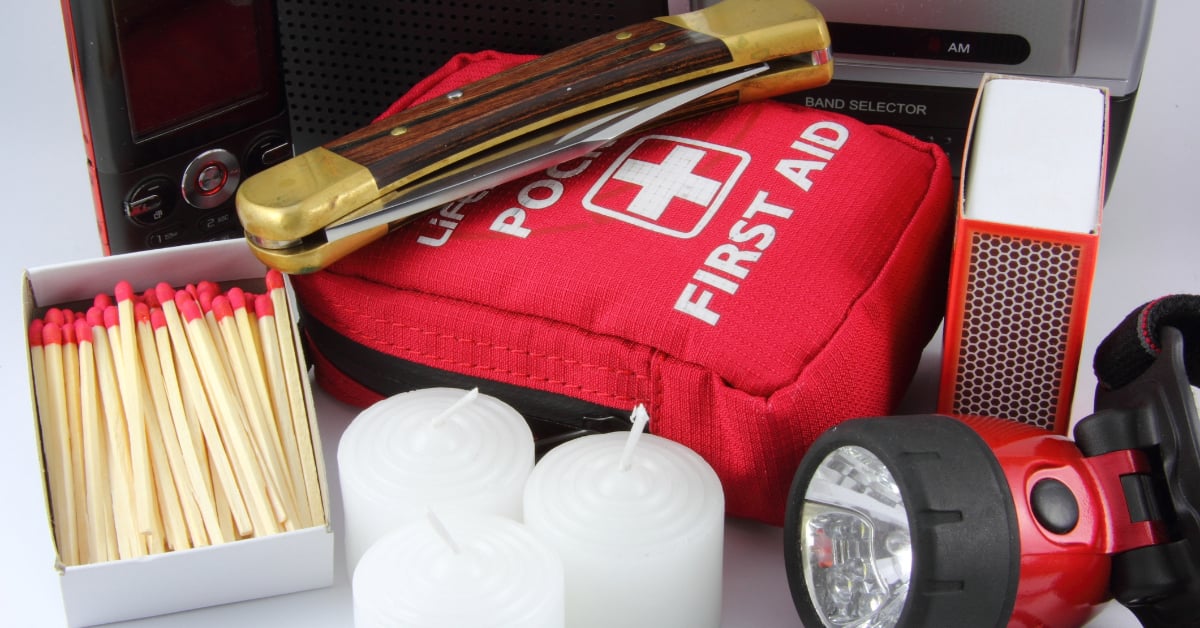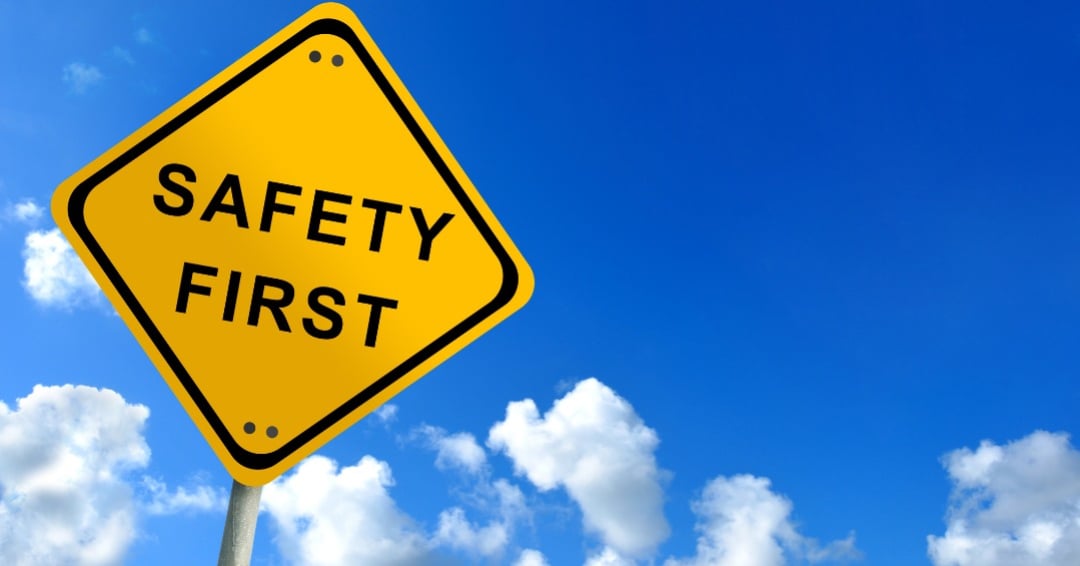Earthquakes, Hurricanes, Wildfires, COVID Resurgence – Is your workplace ready for what's next?
From natural disasters to global pandemics, the challenges organizations face are evolving at an unprecedented rate. The need for emergency...
2 min read
 Hamzah El-himri
:
May 11, 2023 1:37:00 PM
Hamzah El-himri
:
May 11, 2023 1:37:00 PM

A well-rounded hazard identification process is at the core of any effective safety program. It’s the foundational step upon which the rest of the program is built and often an under-explored cost-reduction strategy. Accurately and preemptively identifying workplace hazards helps keep employees safe, boosts morale, and lowers operational costs. Hazard identification also helps employers meet their obligation to provide employees with a workplace free of recognized hazards. However, before implementing a successful hazard identification process, employers should establish the following measures:
With the basics established, employers can explore effective hazard identification methods. It is inadequate to implement a single hazard identification method. Instead, all feasible methods should be considered and implemented, including:
Identifying hazards in the workplace is crucial for any employer to protect their employees, reduce costs, and promote a positive work environment. Hazards can be identified through a range of effective methods. However, an effective hazard identification process requires a committed leadership team willing to engage employees, provide resources and support, and regularly review and adjust procedures.
Archbright members interested in learning more about hazard identification are encouraged to contact a safety expert at safety@archbright.com or through mozzo Safety Advisor Chat.

From natural disasters to global pandemics, the challenges organizations face are evolving at an unprecedented rate. The need for emergency...

The Occupational Safety & Health Administration’s (OSHA) mission is to ensure that employees work in a safe and healthful environment by setting and...

The Occupational Safety and Health Administration (OSHA) officially announces its top ten most frequently cited standards every April for the...